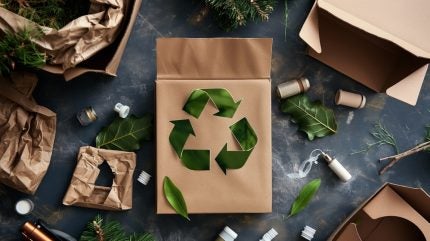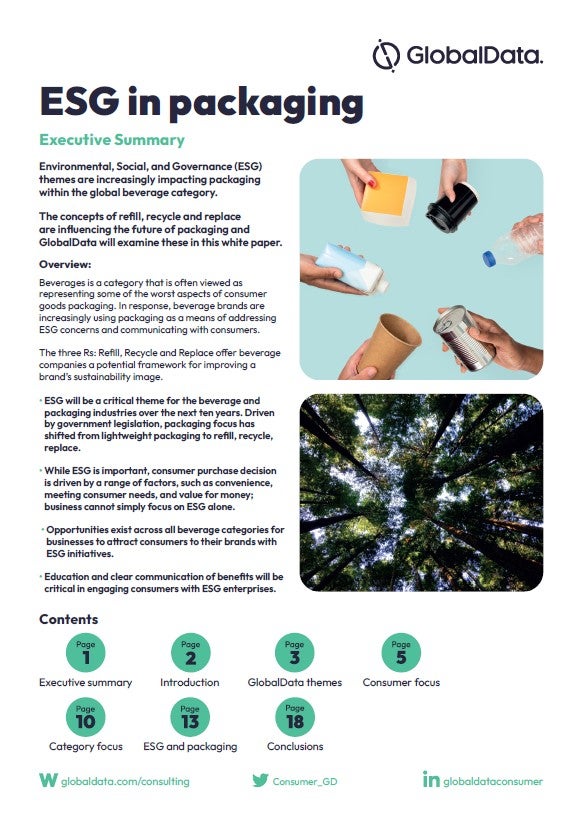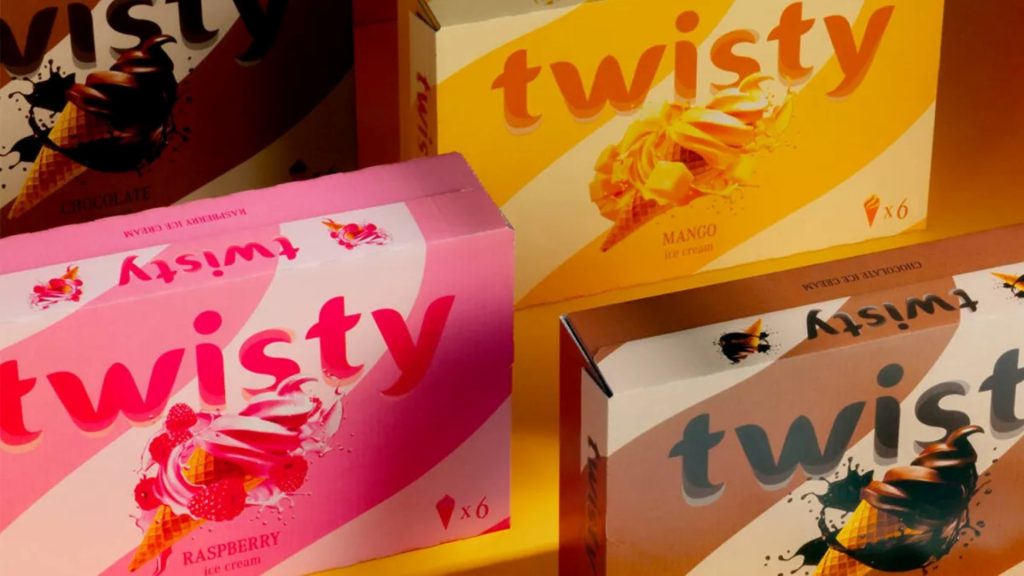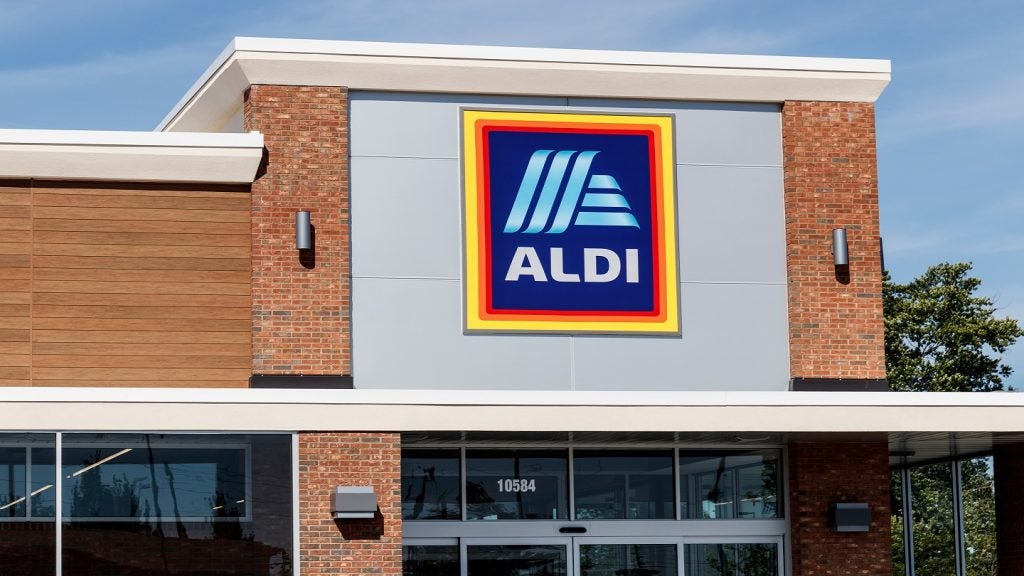
In an era increasingly focused on sustainability, the concept of a circular economy has gained significant traction. A circular economy aims to redefine growth, focusing on positive society-wide benefits.
It entails gradually decoupling economic activity from the consumption of finite resources, and designing waste out of the system. Underpinned by a transition to renewable energy sources, the circular model builds economic, natural, and social capital.
How well do you really know your competitors?
Access the most comprehensive Company Profiles on the market, powered by GlobalData. Save hours of research. Gain competitive edge.

Thank you!
Your download email will arrive shortly
Not ready to buy yet? Download a free sample
We are confident about the unique quality of our Company Profiles. However, we want you to make the most beneficial decision for your business, so we offer a free sample that you can download by submitting the below form
By GlobalDataPackaging plays a pivotal role in this framework, providing an intriguing lens through which we can understand and enhance sustainability efforts.
The importance of sustainable packaging
Packaging is integral to the modern supply chain, protecting goods from manufacturer to market, and communicating directly to consumers.
However, traditional packaging models are linear: materials are manufactured, used, and then disposed of. In contrast, sustainable packaging strategies are designed to be regenerative, enhancing the ability to recycle and reuse materials.
Sustainable packaging reduces the environmental impact through several key strategies.
Firstly, it minimises the use of raw materials. Secondly, it maximises the use of recycled or sustainably sourced materials. Thirdly, it’s designed for reuse, recycling, or composting, ideally maintaining the quality and integrity of the material at each cycle.
These practices are not just environmentally beneficial but also economically strategic, as they often involve reducing material costs and waste-related expenses.
Innovation and design in circular packaging
Innovation in packaging design is crucial for the success of a circular economy. Many companies are now investing in research and development to create packaging solutions that are both functional and sustainable.
This involves the use of new materials and technologies that can be easily recycled or that biodegrade more effectively. For instance, the development of bioplastics has seen considerable advancement.
These plastics, derived from natural materials like corn starch or sugarcane, can offer similar qualities to traditional plastics but are generally more environmentally friendly when disposed of correctly.
Moreover, design considerations are now increasingly focusing on the end of the packaging’s life cycle. Design for disassembly is a growing approach where products are designed so that they can easily be broken down into their component materials, which can then be recycled separately.
This not only facilitates recycling but also maximises the purity and quality of the recyclable materials, thereby supporting a more robust circular system.
Challenges and opportunities
While there are many opportunities within circular economy models for packaging, there are also significant challenges to overcome.
One of the primary challenges is the economic and technological feasibility of recycling certain materials. For instance, multi-layered packaging materials that improve shelf life and product safety can be difficult to recycle.
This calls for a balance between product protection, consumer safety, and environmental sustainability.
Another challenge is consumer behaviour. Consumer awareness and participation are crucial for the success of circular models. People need to be educated on how to dispose of packaging properly so that it can be successfully reintegrated into the circular system.
This includes understanding what can be recycled and the importance of things like cleaning food containers before recycling.
Additionally, regulatory frameworks play a critical role. Governments can support circular economy efforts by creating and enforcing regulations that encourage or require sustainable packaging practices.
This could include incentives for using recycled materials, or penalties for using non-recyclable packaging.
The need for a systemic shift
The transition to a circular economy requires a systemic shift in how we view and handle resources, including packaging.
Packaging, often seen just as a means to an end, actually holds the key to significant environmental impacts. By focusing on sustainable packaging, companies can reduce waste, lower their environmental impact, and create economic opportunities.
Innovation in this area is flourishing, driven by both emerging technologies and growing consumer demand for sustainable products.
To truly realise the benefits of a circular economy, it is essential for businesses, consumers, and governments to collaborate. This synergy will not only foster the creation of effective and sustainable packaging solutions but will also propel the shift towards a more resilient and sustainable global economy.
The journey towards a circular economy is complex and challenging, yet the innovations and opportunities within the realm of packaging suggest a promising path forward.








